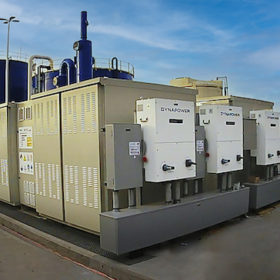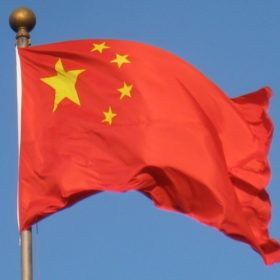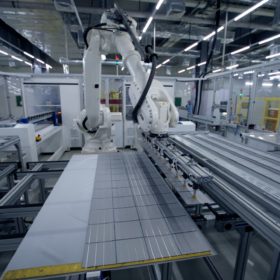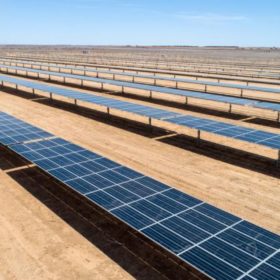Redflow’s redox flow batteries to be assessed by Underwriters Laboratories
Underwriters Laboratories, a US non-profit standards development organisation, will carry out research into the operating and safety profile of Queensland company Redflow’s redox flow batteries under nominal and off-nominal conditions.
Airbus plans flight test with direct combustion engine fuelled by hydrogen
Elsewhere, Chinese researchers have synthesised ultrafine Pd100-xCux nanodot-modified TiO2 photocatalysts that display optimised energy barrier for interfacial hydrogen desertion, which reportedly exhibits excellent H2-evolution activity and stability, and Mitsubishi Heavy Industries has presented its plans to establish the Takasago Hydrogen Park, calling it the world’s first centre for validation of hydrogen-related technologies, from hydrogen production to power generation.
Novel Australian project examines if renewable energy machines can protect coastlines
What can wave energy converters do that no other form of renewable energy can? Well, they can remove waves’ energy. For a country like Australia, where much of our population and wealth is concentrated on coastlines evermore frequently battered by extreme weather, this proposition is particularly attractive. Especially if the technology is able to offer both protection and green electricity without radically altering marine ecosystems and aesthetics. “No one has looked at what we’re looking at before: combining power generation with coastal protection and trying to control it,” Professor Richard Manasseh told pv magazine Australia.
Petroleum refinery soon to house green hydrogen service station
ARENA will give $22.8 million in funding to Viva Energy to build a renewable hydrogen and EV charging service station opposite its petroleum refinery in Geelong, Victoria.
Hydrogen-powered boat to be sailing on Australian seas within 18 months
Australian maritime hydrogen company Poseidon Marine H2 says it expects to have a hydrogen-powered boat in Australian waters within the next 18 months after bringing on board the principal engineers from Dynamic Efficiency.
Chinese state grid unveils plans for 100GW battery fleet
China’s largest state-owned grid operator and power utility plans to deploy the world’s biggest battery fleet and almost quadruple its pumped hydro storage by 2030, thus supporting the nation’s switch to renewable energy sources.
Building a sustainable, vertically integrated solar manufacturing ecosystem in India
A new report by JMK Research and IEEFA says Indian solar manufacturers need to create a strong foundation for sustainable development overall by integrating raw materials and impetus to R&D in their plans, rather than focusing solely on output.
Forrest declares work to begin immediately on 1.2GW green energy hub in Queensland
Construction is set to commence immediately on the first stage of a 1.2GW hybrid wind, solar and battery energy storage project in Central Queensland following Australian iron ore magnate Andrew Forrest’s announcement that he has invested $3 billion in the ‘shovel ready’ development.
“I’m an All-Pro [coal plant]… You’ll never be more than a replacement player!”
The potential early retirement of Eraring has been the talk of the market the past week. Many of our customers have been asking what the impacts of the retirement might be on the acceleration or development of new renewable capacity in NSW and potential storage projects. In this Chart of the week, we look at the effect of the lost generation from Eraring and how that capacity might be filled.
Aussie researchers find best BIPV envelope design alternatives
Scientists in Australia have developed an optimisation framework for building-integrated photovoltaics that allows the selection of design variables according to user preferences. Their model considers PV-related features such as tilt angle, window-to-wall ratio (WWR), PV placement, and PV product type, as well as objective functions and constraints such as the net present value and the payback period.















